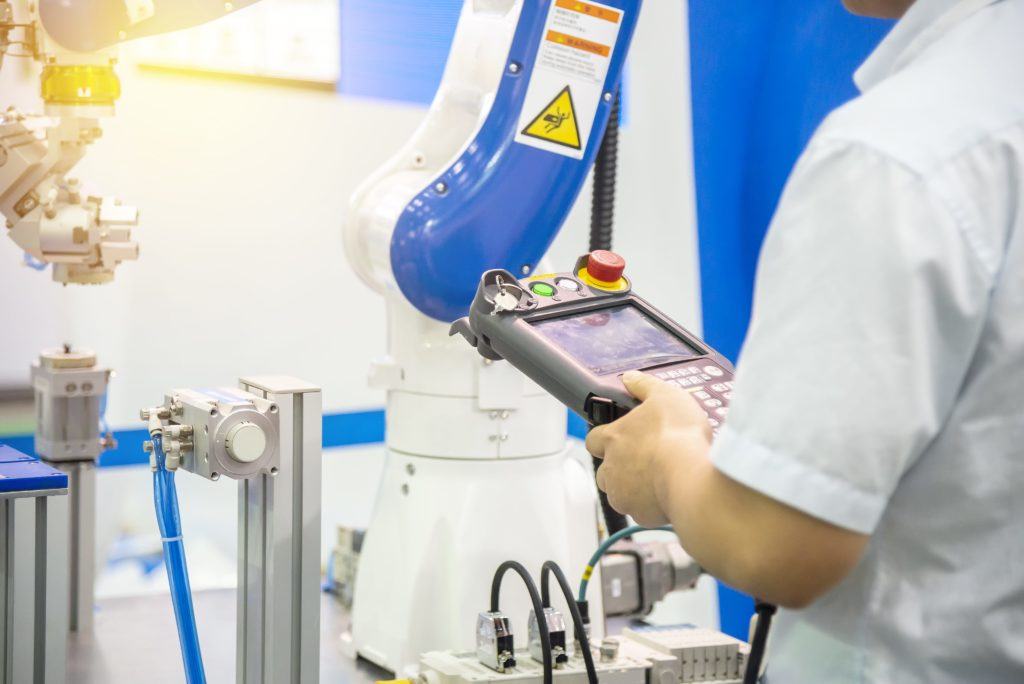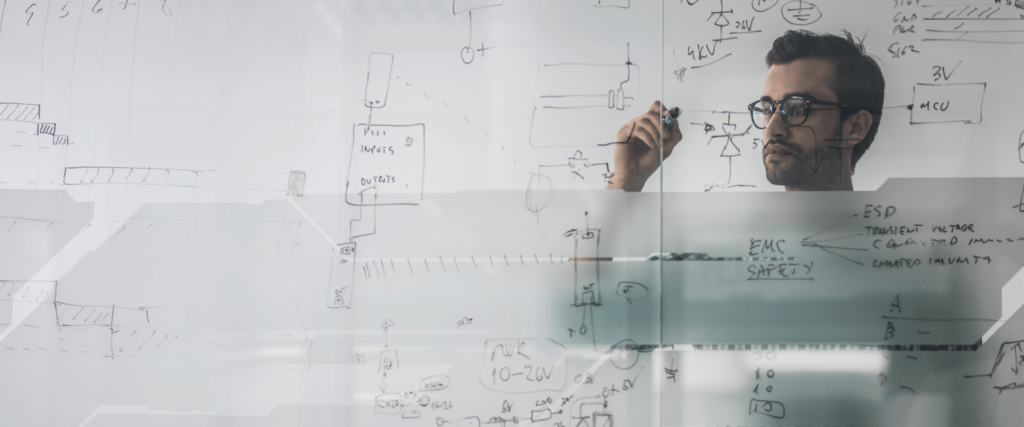Article
The Value of Robot-Centered Design

Designers, developers, and engineers have spent vast amounts of time and effort understanding how humans interact with technology.
Human-Centered Design
The study of human factors guides our knowledge of how our behaviors, beliefs, education level, and past experiences influence how we accept and work with digital tools. Those who create computers, mobile devices, software, hardware, and other technical tools cannot afford to focus on hard technology without acknowledging the psychological and sociological aspects of how humans will use these systems. The goal is to make technology more human and reduce friction to increase efficiency.
While human-centered computing plays an important role in the planning and design of technology systems to be most effective, there is another stakeholder that contemporary designers have to be aware of: robots.
As robots gain the capacity to participate meaningfully in a variety of tasks, the factors that guide their success will become more important to understand.

Designing a Process for Use: Technical and Psychological Elements
Instead of acknowledging the emotions, biases, and beliefs humans bring with them when interacting with technology, designers must think of the technical and logistical concerns. For instance, how do we create screens that are easy for robotic eyes to scan over? Can the audio functionality of robots distinguish between human voices and musical notes? Can robotic arms properly handle the wheel of a car or punch numbers into a tablet? These various robot factors are all essential for technical designers to understand.
That’s not to say there isn’t still a psychological component in designing robotics systems. Robots are poised to take on more collaborative roles, working alongside humans to meet various goals. When planning work environments, designers should ensure that robots are set up to work effectively and safely in a given setting with each other and humans, even as complexity continues to grow.
All of this knowledge is pertinent to building effective systems for robots to work by themselves and in harmony with humans.









